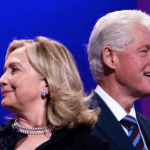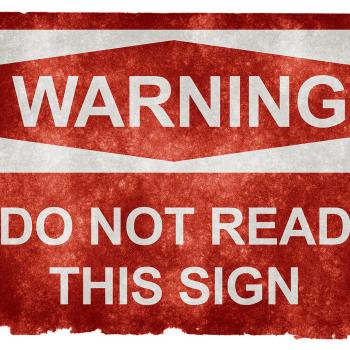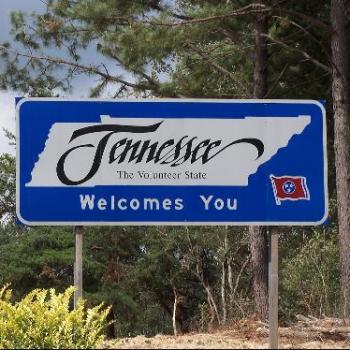It’s called the Gadsden flag and has flown proudly representing liberty since the founding of the country, long before it became a unifying banner at Tea Party events in recent years. It’s message: Don’t Tread on Me. However, that’s exactly what the federal government is doing by declaring it racist to display the flag.
The Equal Employment Opportunity Commission (EEOC) received a complaint from an African-American employee at a private company in 2014 who claimed discrimination against a co-worker who regularly wore a ball cap with an insignia of the Gadsden flag. He considered this racial harassment because the flag’s designer, Christopher Gadsden, a brigadier general and a Continental Congress delegate, was a slave owner and trader way back in 1775.
In the complaint, the anonymous employee stated the flag is a “historical indicator of white resentment against blacks stemming largely from the Tea Party” and considers it no different than the Confederate flag. Even though the EEOC decision noted that the Gadsden flag was created in a “non-racial context” and is used to express “non-racial sentiments” when it flies, two very isolated instances of the flag used in a racial context were included. One instance occurred in Las Vegas when white supremacists draped the bodies of two police officers with the flag after they murdered them. The other, in New Haven, when several black firefighters alleged the flag flying at the station was “racially insensitive.” And because of two instances of “ambiguity,” the EEOC sided with the complainant.
Eugene Volokh wrote in his Washington Post column that he was surprised to see zero allegations that the co-worker said anything racist to the complainant. Typically, he states, the EEOC lists each offense in its decisions. But not in this instance, as the complainant’s “objection was apparently just to the wearing of the flag, and the ideology that he thinks has become associated with the flag. And the claim that the EEOC is allowing to go forward is simply that the cap, in some social or workplace ‘context’ would be reasonably seen as conveying a racially offensive message.”
Volokh takes this decision to its logical conclusion as it might play out at workplaces in the future. That could include employees finding themselves offended by an “All Lives Matter” bumper sticker or someone that speaks out against Islam. It could even extend to a “Trump/Pence 2016” T-shirt and an employee concluding the message is anti-Hispanic. The possibilities are endless.
Powerline blog gets the last word:
Everyone understands that “Don’t tread on me” is an anti-government slogan. Gen. Gadsden used it in opposition to what he considered the tyranny of the British government. Tea Party activists use it in opposition to what they consider the tyranny of the liberal U.S. government…
Now, the government is going to determine whether an employer violates the law by permitting an employee to wear a hat with this anti-government slogan. To accomplish this, it will decide what, “in context,” the employee really meant. By engaging in this inquiry, the government treads on our liberty and validates the concern of Tea Party activists, and many others, that we are drifting towards tyranny.










